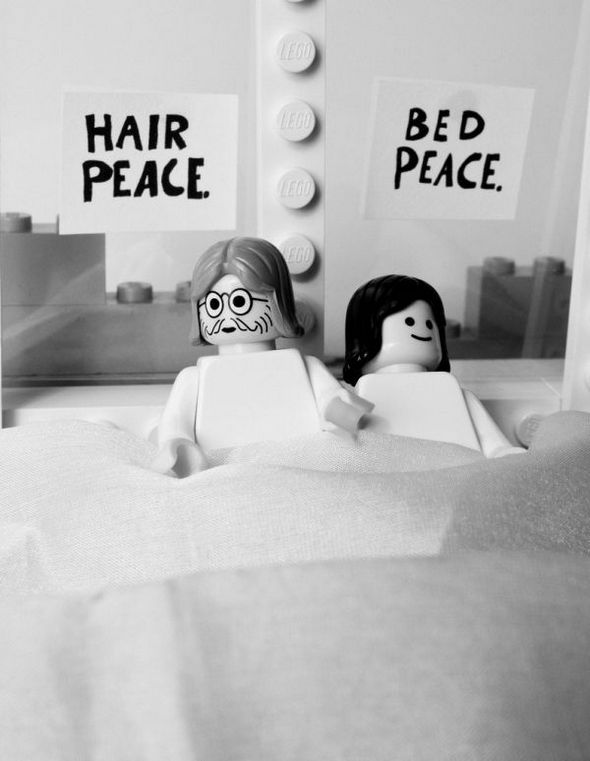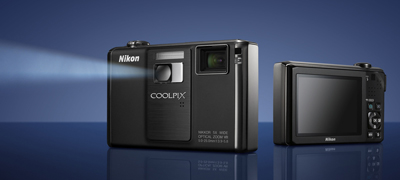The lastest instalment of the the Big Picture is about the 64th anniversary of the bombing of Hiroshima. From the site…
August 6th, marks 64 years since the atomic bombing of Hiroshima, Japan by the United States at the end of World War II. Targeted for military reasons and for its terrain (flat for easier assessment of the aftermath), Hiroshima was home to approximately 250,000 people at the time of the bombing. The U.S. B-29 Superfortress bomber “Enola Gay” took off from Tinian Island very early on the morning of August 6th, carrying a single 4,000 kg (8,900 lb) uranium bomb codenamed “Little Boy”. At 8:15 am, Little Boy was dropped from 9,400 m (31,000 ft) above the city, freefalling for 57 seconds while a complicated series of fuse triggers looked for a target height of 600 m (2,000 ft) above the ground. At the moment of detonation, a small explosive initiated a super-critical mass in 64 kg (141 lbs) of uranium. Of that 64 kg, only .7 kg (1.5 lbs) underwent fission, and of that mass, only 600 milligrams was converted into energy – an explosive energy that seared everything within a few miles, flattened the city below with a massive shockwave, set off a raging firestorm and bathed every living thing in deadly radiation. Nearly 70,000 people are believed to have been killed immediately, with possibly another 70,000 survivors dying of injuries and radiation exposure by 1950. Today, Hiroshima houses a Hiroshima Peace Memorial Museum near ground zero, promoting a hope to end the existence of all nuclear weapons. (34 photos total)
This one isn’t for the feint of heart.







